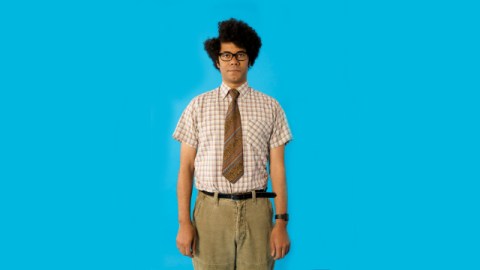The Black Punk, the Black Geek, and Other Black People You Don’t Meet on TV

In spite of the election of a black president in 2008, the representation of black people in American media remains pretty monolithic; we get (more or less) the Sports Star, The Musician, and the Criminal. And black women are almost completely invisible. There’s the rare (and not very mainstream) exception – the Boondocks, for example – but for the most part what I’m saying is an uncomfortable yet undeniable truth.
Baratunde Thurston’s How To Be Black is one response to this reality – an attempt to complicate the picture through satire. Thurston assembled for the book an “expert panel of black people,” none of whom fits any discernable stereotype, and asked them questions about what it means to be black in “Post-racial” America. What emerges is a picture of smart young Americans trying to be their complicated selves – and succeeding brilliantly – amid unconscious pressure from friends, family, and strangers to conform to predetermined limitations on “blackness.”
The book is neither peevish gripe nor venomous attack. Like the best satire, it convinces with wit and compassion, and offers readers a vision of a better America that’s entirely within reach.
Baratunde Thurston on life in “Post-racial” America
Follow Jason Gots (@jgots) on Twitter





